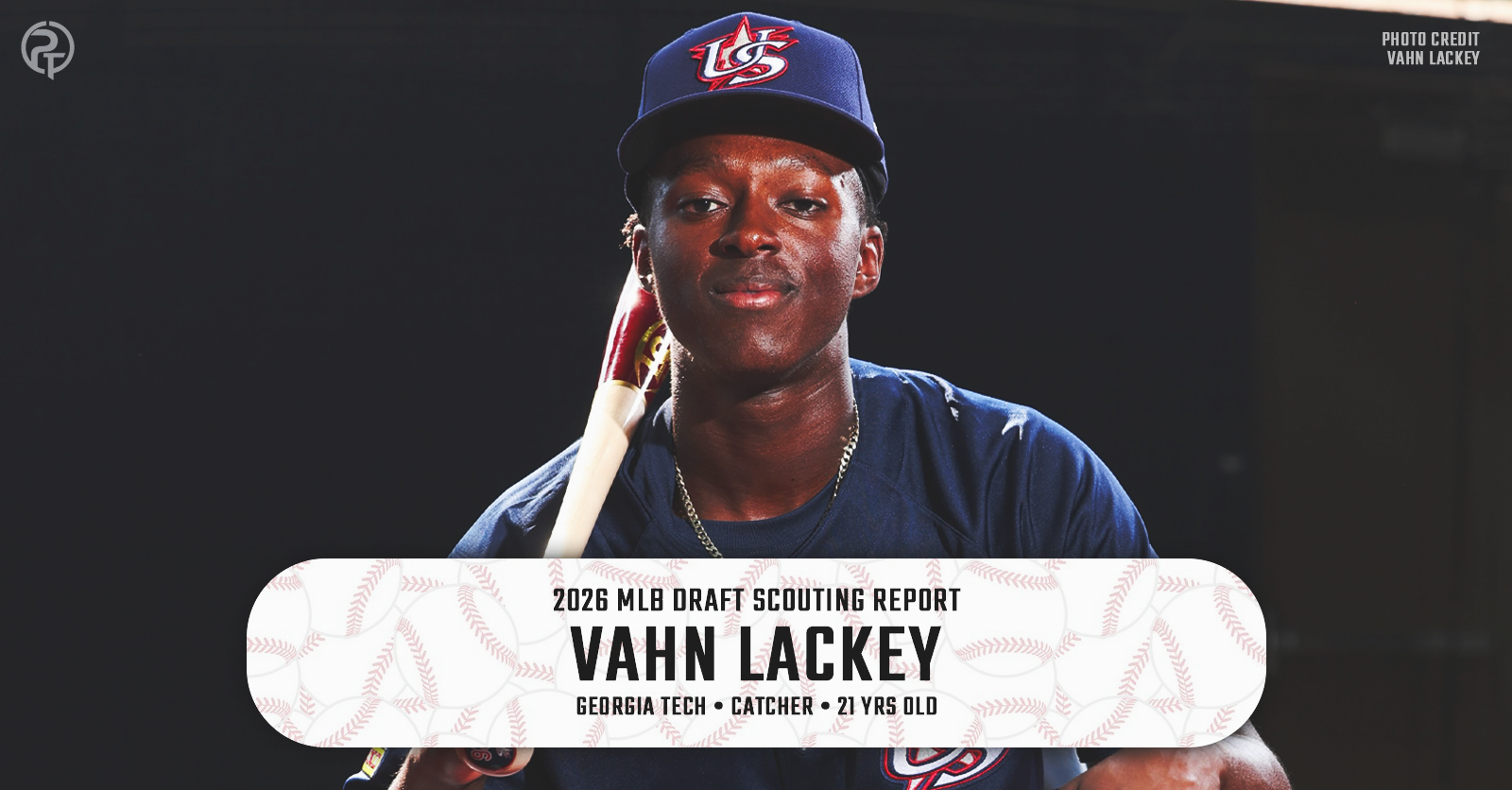The success of the 2020 Boston Red Sox will be contingent on how starting pitcher Chris Sale will perform. Sale is coming off of a season in which he posted career-worsts in ERA (4.40), innings pitched as a starter (147.1), HR/9 (1.47) while posting his second-worst FIP of his career (3.39).
All of these struggles came in a year that began with his signing of a five-year extension to the tune of $145 million, creating a stir amongst Red Sox Nation that maybe the Red Sox jumped the gun by giving him an extension and that his second-half breakdowns each season in Boston would only get worse as he continues to age.
However, there’s a simple way for Chris Sale to return to Cy Young form for the Boston Red Sox in 2020.
He must virtually eliminate the changeup from his repertoire.
In 2019, the lanky left-hander was a four-pitch pitcher –– throwing pitches that registered as a slider, four-seam fastball, changeup, and a two-seam fastball. This pitch mix has lived with Chris Sale for his entire career, and have combined to make him one of the game’s best pitchers.
That being said, one has thing has remained with him through his entire three-year Red Sox career: his changeup continues to be his worst pitch.
Let’s take a look at a year-to-year breakdown of his pitch mix, using Alex Chamberlain’s public tableau for evaluating a pitcher’s success on each pitch.
In 2017, Chris Sale eclipsed 30 starts for the only time in his Red Sox career thus far and tallied 3,426 pitches overall. Out of his four pitches, he held a FIP of 2.50 or less on two of them (four-seam and slider), and a sub-4.00 FIP on his two-seam fastball. The one pitch that bit him in the butt time and time again was his third-most used pitch, his changeup.
He threw 645 changeups (18.8 percent usage) in 2017 to the tune of a 4.43 FIP, a 4.88 xFIP, and a .330 wOBA. While his two-seam wasn’t stellar by any means, he still had a FIP of 3.75, which falls close to above-average based on FanGraphs’ scale.
Moving on to 2018, which was easily Sale’s most thoroughly dominant in a Red Sox uniform, despite lacking the volume to post a top-three Cy Young case. The then-29-year-old threw 2,432 pitches overall, and his changeup saw a slight drop in usage from 18.8 percent to 16.6 percent –– and the results improved slightly.
Sale’s FIP on his changeup took a massive leap from 4.43 to 3.83, but his xFIP remained above 4.50 (4.57). All in all, not great but certainly not bad enough to eliminate from his arsenal.
Then comes 2019, which was Chris Sale’s worst as a Red Sox. The 30-year-old tallied 2,464 pitches and 383 (15.5 percent) of them were changeups.
On those 383 pitches, the lefty had a 6.14 FIP and a 4.69 xFIP to go along with a .353 xwOBA.
Of all his pitches, his changeup ranks as his second-highest usage-home run percentage as well (1.3 percent –– only four-seam fastball beats it at 1.4 percent, with 449 more pitches).
The simplest solution here would be to drop that usage even more. Eliminating it entirely would make him much more predictable, as most pitchers with only two pitches become relievers. But Sale’s changeup usage needs to drop down to below 10 percent.
His slider and four-seam fastball are two of the most lethal pitches in baseball, as he posted xFIPs of 2.04 and 1.61 respectively, but that changeup time and time again is used too much for something he struggles to have success with.
Chris Sale’s four-seam and slider mix are among the most dominant two-pitch sequences in the MLB, but it’s his tertiary pitch that’s been beating him over the past few seasons.








0 Responses
Jordan, a terrific analysis!
Fascinating analysis. The question: does a change up make his fastball more effective?
I personally think the usage of his changeup doesn’t do much to impact how his fastball or slider is used. Those two pitches are what makes him go… and his changeup oftentimes isn’t great